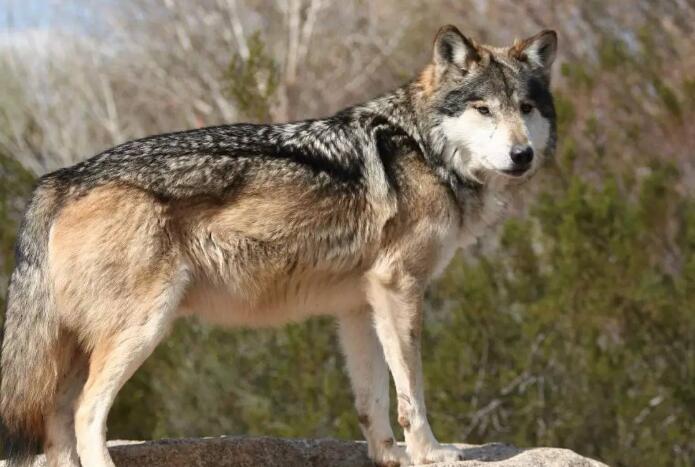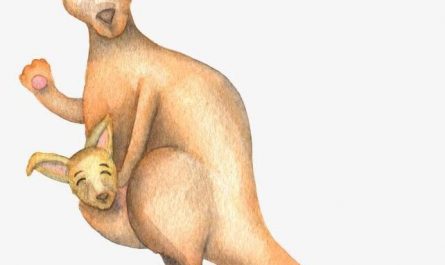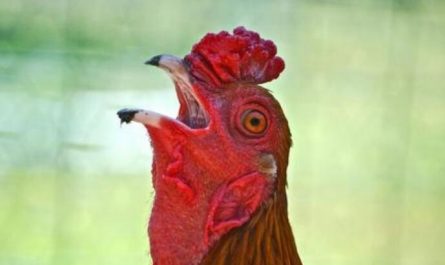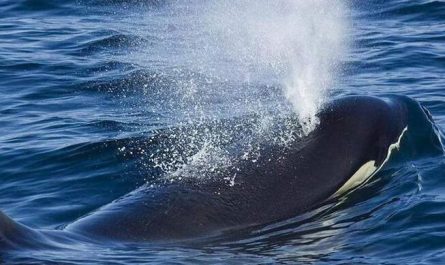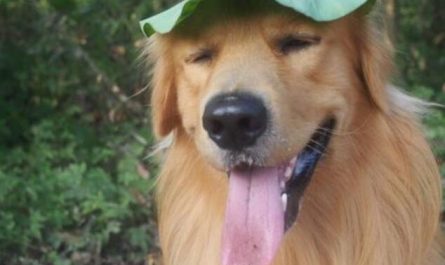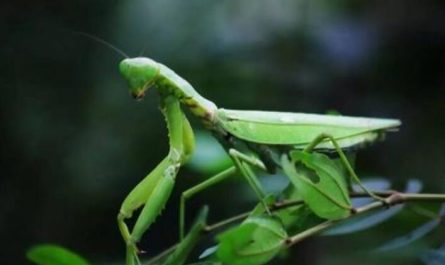Causes of the drooping tail of a wolf
The answer lies not in the tail itself, but under the tail. With the tail hanging down and clamped tightly between the hind legs, a cowering wolf effectively blocked the odor signal emanating from its anal area. When two high-ranking wolves meet, they both lift their tails high and ao, exposing their anal area for each other to smell their own scent. Since the anal area emits a unique scent that indicates its identity, pinching the tail to prevent the scent from escaping is like saying to a wolf that people don’t want to show their face when they feel inferior.
As long as a group of wolves live together, the hierarchical relationship is very important, and the tail pinching becomes an important signal, a humble expression of the weak in front of the strong. There is no doubt that this is also particularly important in wild wolves. A low-ranking wolf will drop its tail when it approaches a higher-ranking wolf, and when it approaches a “head wolf”, it has to clamp its tail tightly between its legs until it is away from its head. When the wolf was far away, he dared to raise his tail again.
Regarding the display of the tail, there is an interesting difference between their wild ancestors. All wolf tails have a special tail gland located at the lower end of the tail, surrounded by light and hard hair. This black tail gland is made up of a group of mutated sebaceous glands. It emits a smell but does not secrete oil. Like the anal glands, the tail glands are only related to odor signals and are located on the outside of the tail. If the wolf keeps its tail sandwiched and approached another wolf, the smell from its tail gland can still be smelled by the opponent, but the smell from its anus is gone. Without this tail gland, it can be seen that the odor signal of wolves is much more complicated than that of domestic dogs.
Basic introduction to wolves
Wolf (Latin name: Canis lupus Linnaeus) cites appendix grade: Ⅱ protection grade: national second-class protected animal. A total of 46 subspecies, medium-sized, well-proportioned, slender limbs, toe-like, good for fast running. The head and palate are pointed, the face is long, the nose is protruding, the ear tips are upright, the sense of smell is sensitive, and the sense of hearing is developed. The canine teeth and cracked teeth are well developed; the upper molars have obvious cusps, the lower molars have a small cusp and heel cusps on the inside; the crown diameter of the molars is larger than the height of the outer incisors; the tooth type is as follows.
The hair is thick and long. Forefoot 4 to 5 toes, hind feet generally 4 toes; claws are thick and blunt, unable or slightly capable of stretching. The tail is hairy and more developed. Good at running fast and long distances, happy to live in groups, often chasing for food. Feeds on herbivores and rodents. Inhabits forests, deserts, mountains, tundra, coniferous forests and grasslands. Except for Antarctica and most of the islands, it is distributed all over the world. The appearance is similar to that of dogs and jackals. The feet are long and thin, with slanted eyes, the upper jaw is long, the mouth is wide and curved, the ears are erect, the chest is slightly narrow, and the tail is straight and drooping between the two hind legs. The coat color varies with the place of origin, with multi-hair color brown-yellow or gray-yellow, slightly mixed with black and white underneath.
It has a wide habitat range and strong adaptability. There are wolves living in mountains, forests, grasslands, and even ice sheets. Active at night, keen sense of smell and good hearing. Alert, suspicious, good at running, strong endurance, and often pursue prey. Wolves are carnivores. They mainly feed on deer, antelope, and rabbits. They also eat insects and mice. They can withstand hunger. Wolves are predators. The wolf pack is formed in the form of a nuclear family, including a pair of spouses and their children, and sometimes includes adopted juvenile young wolves. Wolves are typical secondary predators in the food chain.
Usually, wolves prey on sheep and other domestic animals, so they were killed by humans before the end of the 20th century. Some subspecies such as Japanese wolves, Newfoundland wolves, Florida black wolves, and Kenai mountain wolves have all become extinct. The exact number of subspecies is still uncertain today.
The growth and reproduction of wolves
Young wolves start mating from February to April every year, and the gestation period of wolves is about 63 days. Low-altitude wolves mate in February, and high-altitude wolves mate in April. The little wolf opened his eyes about a week, was weaned after five weeks, and was taken to the gathering place in eight weeks.
Wolves live in groups, and males and females are divided into different levels. The dominant male and female wolves can reproduce as they please, while individuals in low status cannot choose freely. But wolves tend to have a single mate. As long as the spouse is still there, most wolves will stay with each other for life. If the wolf’s spouse dies, it will quickly rebuild a new spouse. The female wolf gave birth in an underground cave. After a 63-day pregnancy period, the female wolf gave birth to three to nine little wolves, and some gave birth to a dozen. Little wolves who are not capable of self-defense have to live in the cave for a while, and the male wolves are responsible for hunting for food.
The coyote milk period lasts about five or six weeks, but you can eat some minced meat for one and a half months. Little wolves as young as three or four months old can go hunting with their parents. After half a year, the little wolf learned to find food by himself. The life span of a wolf is about twelve to fourteen years. The little wolves that grow up in the group are not only cared for by their parents, but other members of the group will also take good care of the wolf cubs. Wolves and African coyotes will bite the killed prey into pieces and eat them in their abdomen. When they return to the coyote, they will regurgitate food to feed back. The male wolf will not regurgitate food for the young wolf, but will take it from the hunt. Back to food.
Female wolves sometimes build a “nursery” in the group, where the little wolves are raised together, and the female wolves take turns to raise the little wolves without complaint. It can be seen from these aspects that the family of she-wolves has a strong sense of ethnicity.
